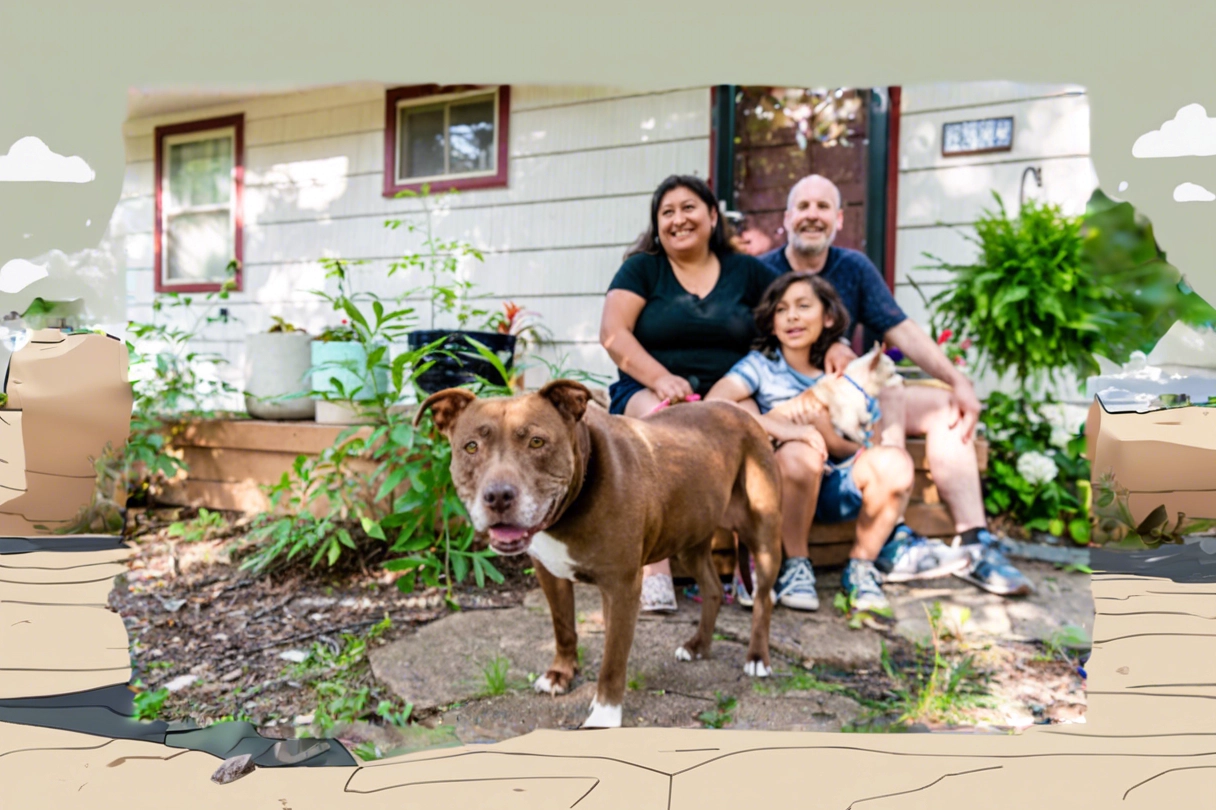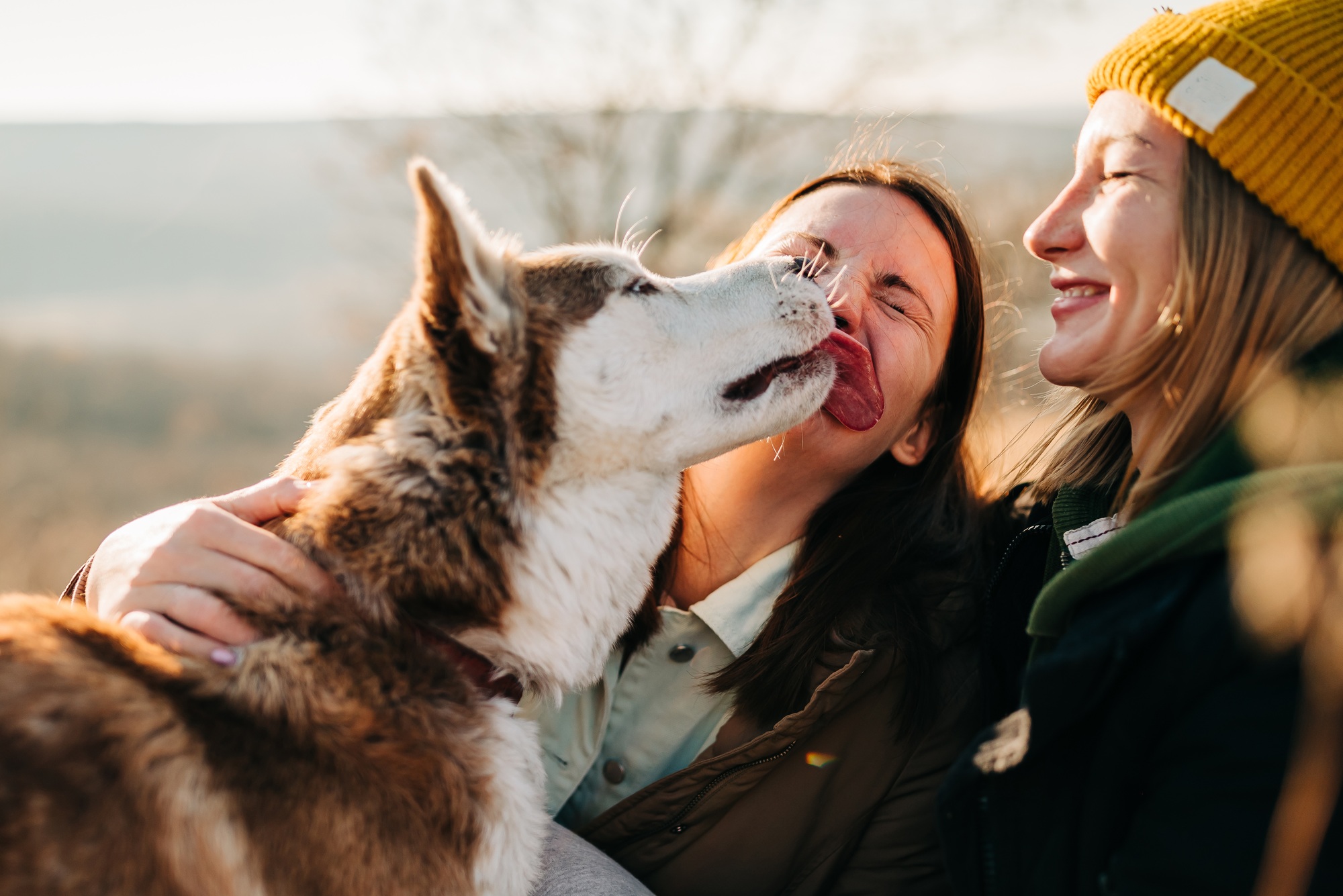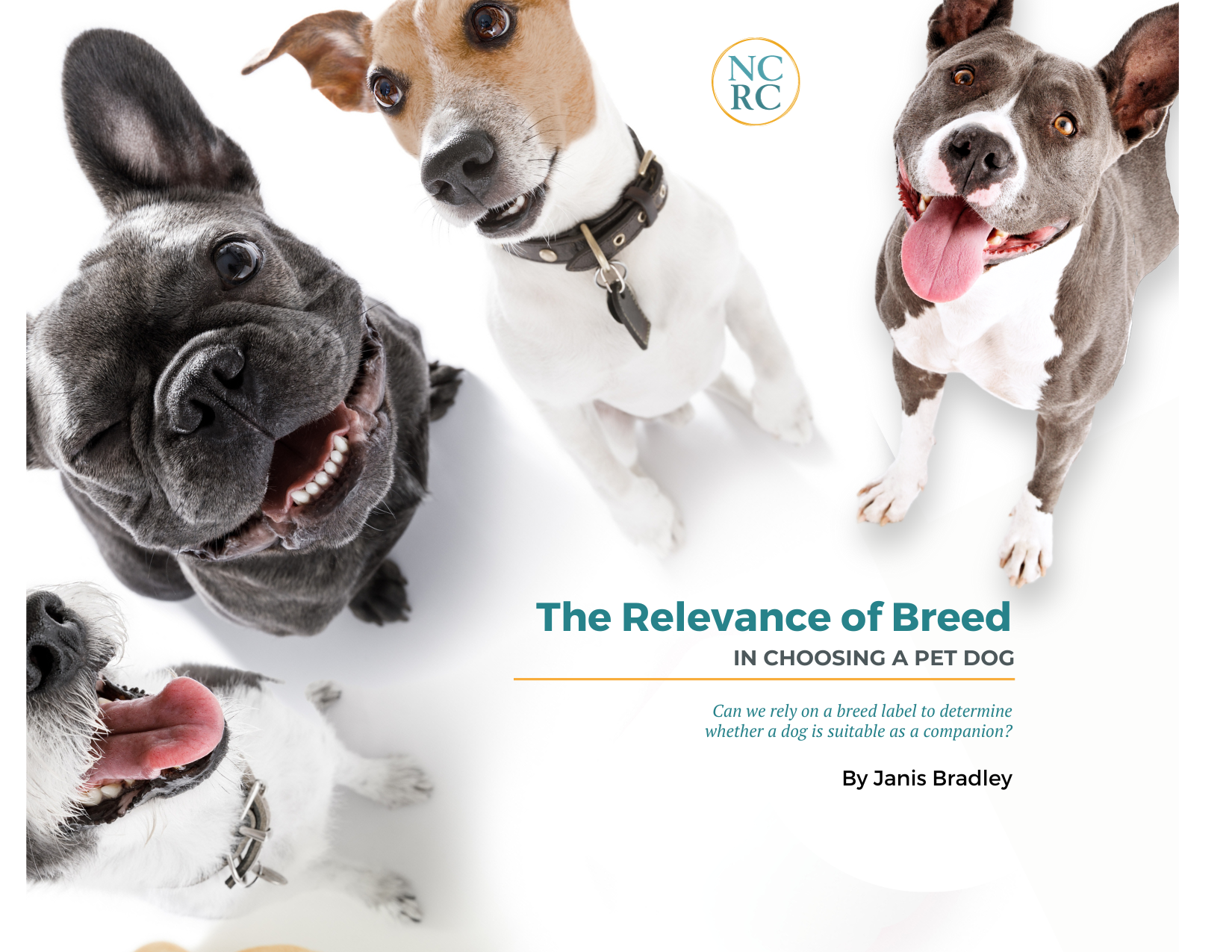You cry. I feel weepy. We all have impulses that just pop up naturally, and unless we have learned to inhibit them for some reason, we tend to act them out whenever the trigger events for them happen. They don’t need to make sense in a “thinking about it” way.
In people, these can be contagious reactions like yawning or crying or laughing when other people do. You don’t have to learn to respond this way; you just see a person yawning and feel the urge to yawn yourself. Or you don’t. Many animals do this too. Dogs yawn and not just when other dogs yawn, but also when people do. You can choose not to yawn, of course, but that choice isn’t part of the impulse. It doesn’t even happen in the same part of your brain. (I have to actively fight my unconscious urge to continually yawn while watching this video of a yawning chimpanzee)
These automatic impulses can even be self-defensive reflexes, like the normally mild mannered guy who finds himself in the middle of a bar fight and swings on anyone who taps him on the shoulder, sometimes finding to his later dismay that that person was his best buddy just trying to get his attention. Even human babies, like many animals, once they are old enough to motor around on their own, don’t have to be taught to pull back from a vertical drop. Our brains come already equipped to tell us to automatically feel like doing very simple things that will help us survive, especially when the reaction needs to be so quick that there’s no time for thinking it over or a mistake would be so expensive (even fatal) that learning from experience wouldn’t be practical
The sciency term for expressing these impulses is “action patterns.” What’s important to understand about them is that the traits that we think of as personality, have nothing to do with these automatic impulses. Nothing. Personality is about traits like friendliness, and how easily we form emotional attachments, and paying attention to other individuals and such. These are all profoundly influenced by experience and most of the ones people care about have to do with social competencies, the psychologist’s term for having learned how to get along with others. So when you hear the term, action pattern, it just means automatic impulses. They don’t have anything to do with intentions or learning, although learning can affect whether or not the impulses are expressed in actions. The prefrontal lobe in our brains can override them. But the impulses themselves just pop up whenever the triggering event happens.
Dogs have these too. The ones that people have historically been interested in are ones that helped dogs’ ancestors make a living way back before domestication, when eating was mostly dependent on successful predation. These include impulses like wanting to give chase when you see something running away, or feeling like freezing when you smell something lunchy close by (reducing the risk of scaring it away before you can catch it) or crouching and sneaking up on that prey, or getting excited when you scent the critter to begin with and feeling like following it. If you’re born with these impulses ready to pop up, you’re more likely to be a successful hunter, but the desire to eat itself doesn’t necessarily come into it in any intentional way. You just feel an urge to do this stuff. It’s fun and exciting.
These urges may be stronger when you’re hungry or weaker when you’re full—not really any research on this—but a wolf or a fox or a dog or a cat or a bear doesn’t have to put together a chain of reasoning like, “hmmm, I’m a bit peckish, better go track something.”
Not all of these impulses are of the hair trigger variety. Migrating birds, for example, feel the urge to travel as the weather and duration of sunlight change with the seasons, but it’s still an automatic impulse. And not all of these impulses spark behaviors that people have ever cared about. And the behaviors are so automatic that animals often express them even outside the context of their original usefulness. So your dog may be a “cacher,” meaning they try to bury their valued stuff “for later” in the sofa cushions, even though this doesn’t actually hide the bully stick fragment very well, given that your sofa cushions are probably not made of loose dirt.
But for a very long time, people have worked at applying selective pressure specifically to predation related impulses to try to direct them toward things those people would like dogs to do. So the chase impulse becomes racing, and the freezing impulse becomes pointing, and the sneaking up impulse becomes herding, and the scenting impulse becomes tracking, and so on. This means that people have tried to mate animals who seemed to have the strongest expression of whatever impulse they considered desirable, in order to increase the likelihood of more puppies who would have the impulse too. There appears to be some evidence of success in these selection attempts among the ancient lineage of large groups of dogs (Dutrow, 2023). It’s important to remember, though that we still don’t really have solid evidence that this selection has produced more dogs who chase, for example, than the proportion of all dogs who chase. But certainly, many many people believe that these impulses carry through as behavioral correlations among groups of dogs (not specific breeds so much). We may, of course, ultimately find that this falls into that category of beliefs that Mark Twain reportedly described as, “It ain’t what you don’t know that gets you into trouble, it’s what you know for sure that just ain’t so.” But for now, we can give the idea a solid maybe.
But in terms of choosing a pet, whether the dog you are considering strongly feels urges like these probably won’t have much impact on how satisfying either of you finds your relationship.
Here’s an example. My sweet dog Ollie was born with a large helping of the “chasing stuff and bringing it back is the very most fun thing there is” world view. One day he was with me and a group of friends walking at the local marina. One of my friends had been making Ollie’s day by repeatedly throwing a stick for him to chase and bring back. But my friend eventually got tired of this and of Ollie pestering him to keep throwing, so he (my friend, not Ollie) decided to end the game by throwing the stick into the water. By the time I realized his intention, the stick was airborne, accompanied by my too late shout of “Noooooooooooo!” as Ollie ran full speed down a dock and leapt into the yucky water.
Justice prevailed, as we had come in my friend’s van, so that’s where all 110 pounds of my sopping wet woolly black mutt rode home. I suppose life with Ollie might have been a bit easier if he had not been inclined to fetch until he dropped, or if I had been inclined to teach him that I reserved the right to end the game, but it certainly did nothing to compromise our bond of friendship. Generally speaking, this is the level of significance the presence or absence of a strong version of one of these sorts of automatic impulses will have on your relationship.
Most of us can be content living with a dog whether or not they love to chase, or follow scents, or freeze when they smell something, or sneak up on stuff. What we need them to love is us. And love us they do.







